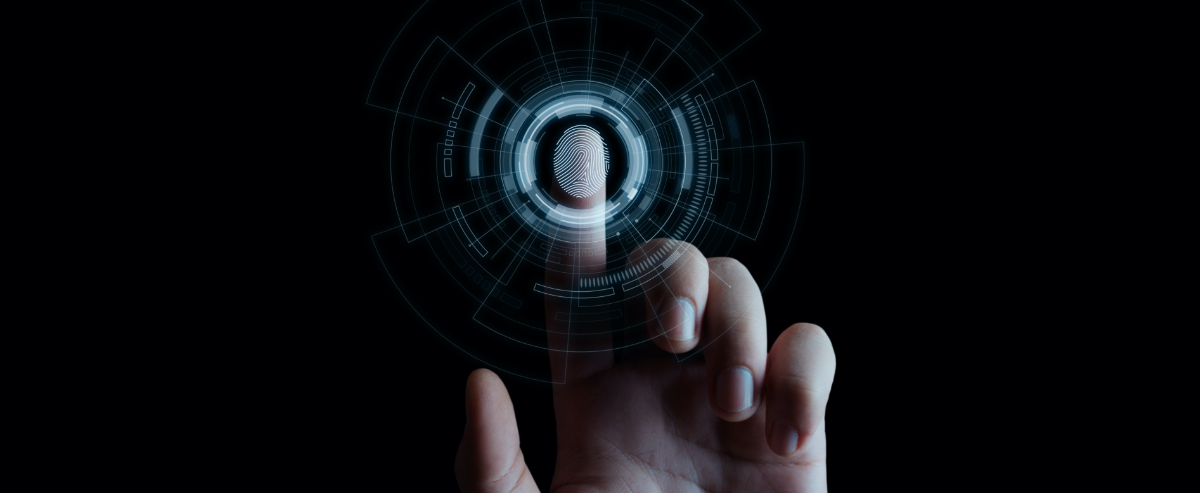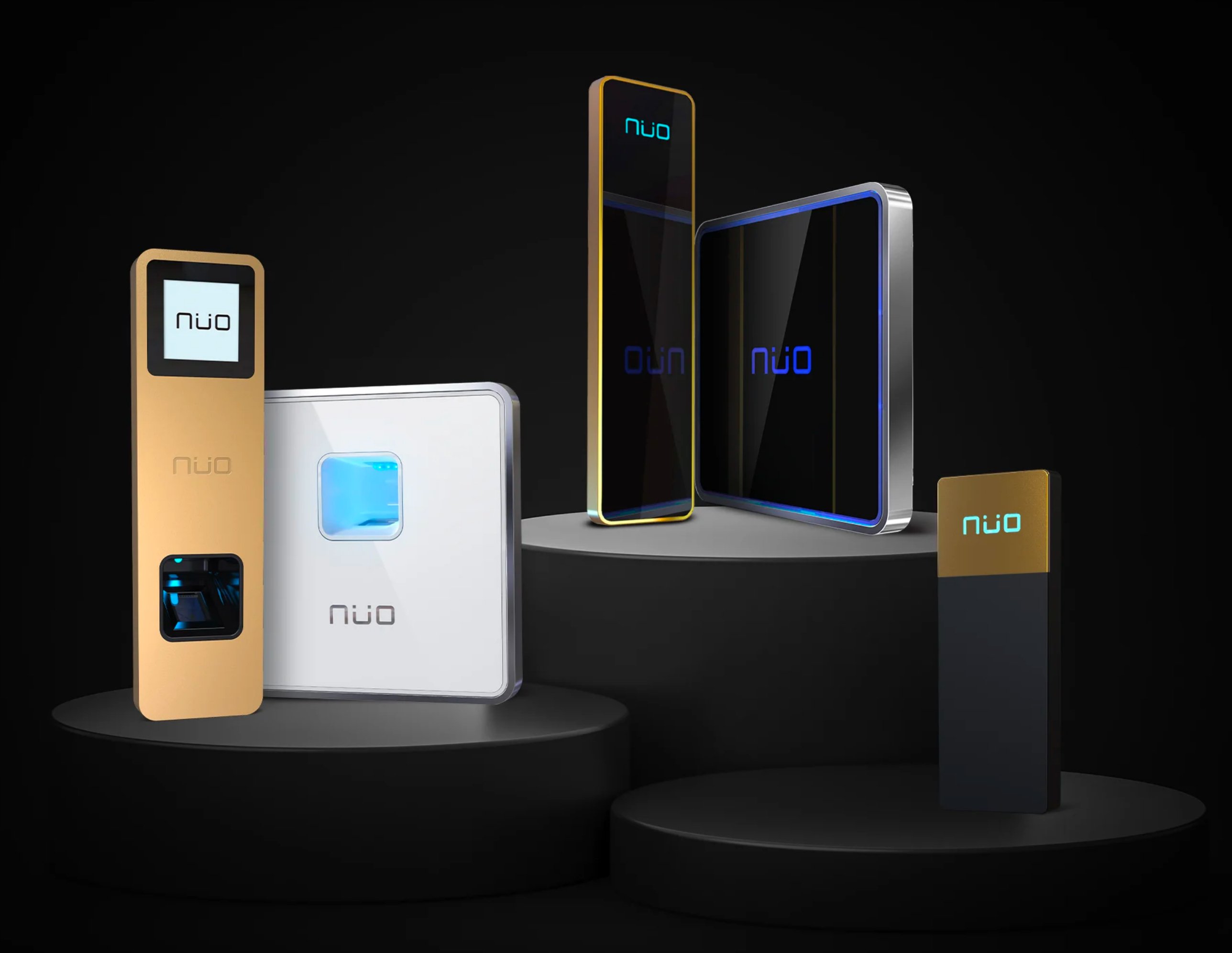While the use of biometric readers is democratized worldwide to identify users, experts warn that not all systems on the market offer the same security guarantees.
We are witnessing a process where biometry is being naturally integrated as a source of identification in more and more day-to-day uses. Unlocking mobile phones, making payments by fingerprint authentication in stores & shops, voting by biometric patterns and even incorporating this type of sensors to activate the mechanisms for opening and starting vehicles are applications that, although they are not part of our daily actions yet, are getting closer to becoming an everyday reality.
The biggest benefit biometry offers is to turn the person into his own access key. Carrying key chains or cards that, in case of loss can be used by whoever takes them, is over. Biometrics offers a user verification system that is very difficult to supplant.
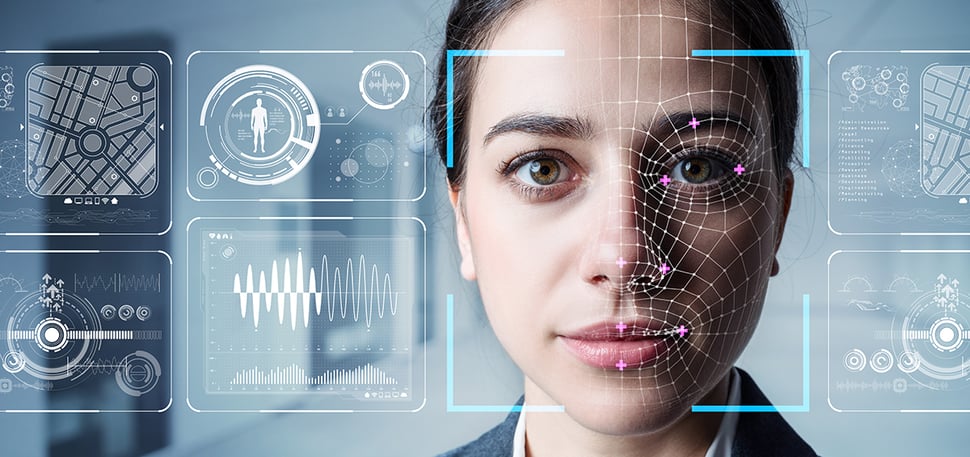
We speak of very diverse applications and for that reason, the advances take different paths. Right now, novelties refer to the ability of facial recognition systems to locate certain people in a crowd, as it's already happening in China. In these cases, the result is not 100% accurate, it means that the person identified is very likely to be the one we are looking for, but without offering total certainty. These systems are based on 2D images and do not provide enough facial information to guarantee the success of the result.
Iris identification systems are more accurate. However, the high cost of its manufacture and the difficulties to position itself in a suitable plane and height are not helping its growth in the market.
Neither the systems of recognition by the geometry of the veins of either a hand or a finger are having too much success because the precision they provide is comparable to a quality fingerprint reader and the terminals are bigger, more expensive and slower than the fingerprint based ones.
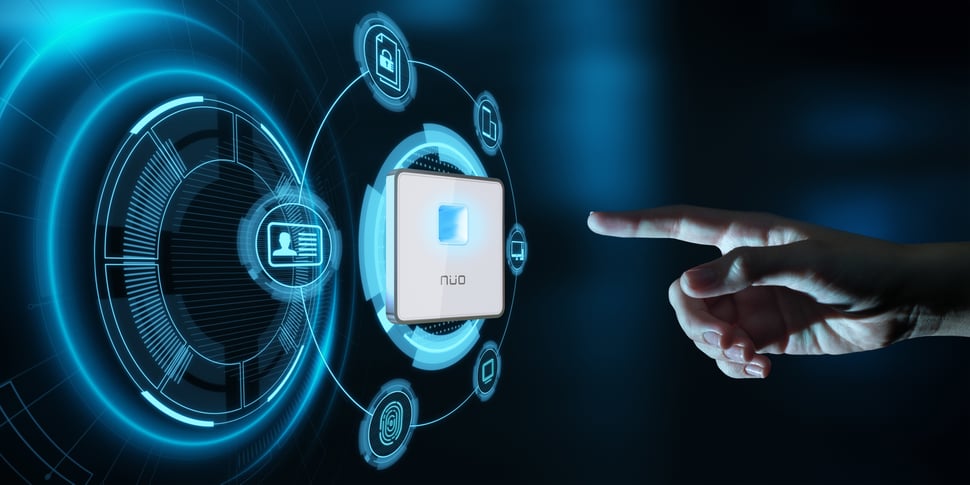
Currently, fingerprint readers are the most widespread identification systems, since they have great advantages as the ease of use, the size or the relationship between the cost and the security they offer. But we cannot forget that not all fingerprint readers offer the same guarantees.
It is essential to take into account a series of decisive variables when opting for one system or another. Accessing the data of a personal mobile phone is not the same as entering a physical space where security requirement are maximum. Therefore, it is important to distinguish what the different systems on the market can offer.
Capacitive readers, which are usually placed on mobile phones, are based on a silicium chip with thousands of transistors that are affected by the electric field generated by the crests and troughs of the fingerprint. What they do is to generate a monochromatic image. An ideal system for economic readers and with few users: between 10 and 250 depending on the model.
Fingerprint reading systems with optical technology offer more precision. In this case, a micro camera captures the image formed by placing a finger on a glass and offers an image with a higher quality than the capacitive sensors. However, they have the drawback of being affected by the degree of humidity: a very dry finger barely creates an image and a wet finger generates a black spot. This system may be suitable for 1:N identification of a maximum of 1000 users.
Our commitment at NÜO right now focuses on a technology that goes a step further. We are talking about multispectral optical technology: the most precise and adequate technology to control entrances to large facilities. In this case, using a lighting with several wavelengths, planes of different depths of the surface of the finger are obtained, generating the closest to a 3D image of the fingerprint. The manufacturing cost is higher, but its possibilities of use and precision increase too. It is also noted the ability of these sensors to read without any problem worn, damaged, wet or dirty fingerprints since the reader does not read only the surface of the fingerprint, but deepens to reach the pattern of the subdermal layer, which considerably reduces the vulnerability of these sensors.
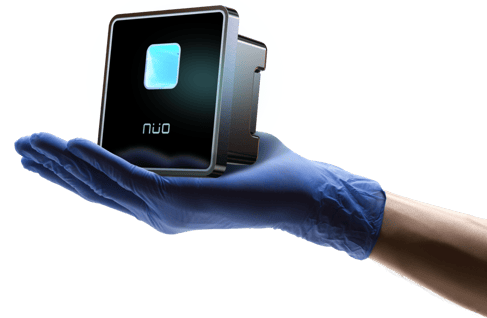
NÜO AWA reader
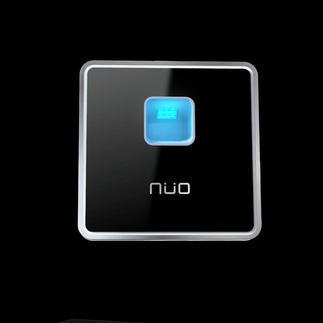
However, we can not start from the absolute certainty of the identification of a subject through the different biometric techniques applied individually. The quality of these readers is measured using two main indices: False acceptance and false rejection. The first refers to the identification of a wrong person, which causes lack of confidence in the reader, and the second focuses on the failure to identify the correct person with the consequent inconvenience to the user. To calculate these indices, the number of readings a reader has to take to make the first mistake is measured.
The problem is that, given the complexity of conducting a series of tests that need many previous patterns, time and money to obtain a reliable result, many manufacturers choose to include random data or simply copy these from the competition. Thus, we can find readers in the market that are sold as if they had a capacity greater than 1000 fingerprints but get wrong with only 200 readings, which generates great confusion and distrust among users.
If the priority goes to guarantee the maximum level of security for a high number of users, our recommendation is to use two credentials, such as the requirement of a pin plus the fingerprint, a card and the fingerprint or the fingerprint itself on card. The reading of two fingers is also valid in this sense, which allows to multiply the number of users and reduces the margin of error to negligible indexes.
More than 20 years of research in identification technologies have accredited us as one of the world leaders in fingerprint sensors. For us, no detail is insignificant. We have the widest range of readers on the market, with different technologies and assembly types, because we understand that each installation is unique and has its own security requirements and needs.

Escrito por: NÜO Planet
Categorías: Security, Biometrics, Essentials
